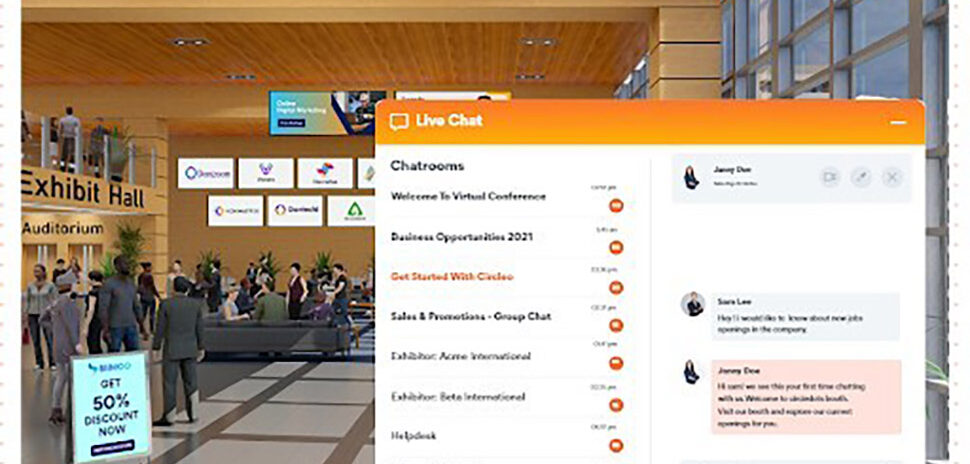We’re fortunate to be living and working in Texas—and specifically in Dallas-Fort Worth—not just for commercial real estate but for quality of life and business as a whole, Alan Shor says. The benefits of an educated, affluent group of residents relocating to our city will continue to accrue with “increased job opportunities, lower cost of living, and better home values—and overall quality of life for our families,” the retail expert says.
While retail real estate nationwide may struggle as a sector, North Texas is reaping the advantages of a growing population, relative prosperity, and availability of retail properties.
“The strength of the DFW market allows retailers and restauranteurs to lead the way in new entries to the market, with most consumer-based concepts wanting to be in DFW early and often,” Shor says. “Additionally, with retail real estate projects in DFW largely being over parked, retailers can easily execute their BOPIS [buy online pick up in-store] programs here versus other parts of the country.”
Shor sees generational “game-changer” corporate relocations such as Tesla and Gordon Ramsay Restaurants as a continuing norm throughout the state.
Shor is among the experts invited to share their thoughts on the CRE market for our recent DALLAS® magazine that focused on how DFW punches above its weight in commercial real estate. Here’s what he had to say in “View from the Top Tier.”
Why is North Texas one of the nation’s hottest CRE markets?
The DFW market continues to be one of the most dynamic commercial real estate markets in the United States. With its powerful business attributes, reasonable cost of living, and favorable location and climate, DFW can take advantage of the current CRE trends and influence them. There is no stronger market in the industrial, multi-family, retail, or office categories.
DFW has been and will continue to be one of the fastest-growing MSA’s in the country, with announcements almost monthly about businesses relocating or opening major regional offices here. In fact, DFW is predicted to add over 1.7 million residents in the next 7-8 years, making it the third-largest metropolitan area in the United States.
Do you expect the upswing in DFW commercial real estate to continue?
The vibrant underlying economy and physical geographic location of DFW will continue to propel DFW forward as a leading CRE market. Being a 3.5-hour flight anywhere in the continental U.S., DFW is poised to continue its trend as one of the top logistical/ industrial markets. Additionally, with several omnichannel retailers continuing to bolster their DFW presence on the logistics side, this becomes a catalyst for the natural progression of retail to follow on both the physical store and e-commerce sides of the business.
While increasing at an unforeseen pace, home values still continue to be modest relative to other prominent MSA’s in the U.S. [NY, Chicago, LA, S.F.]. This, coupled with Texas being a tax-free income state and the historically strong labor pool, keeps DFW at the top of the growth and value charts.
Finally, the state as a whole continues to invest in its infrastructure and higher education, thus creating additional reasons why DFW will remain a solid and resilient CRE market.
What trends will impact retailers in DFW in 2022 and beyond?
We’re in an interesting and unique retail environment with specific trends being robust and others creating challenges. On the positive side of the ledger, DFW’s continued powerful growth will spur residential development—both single-family and apartments—which will trigger retail, restaurant, and entertainment growth. Population growth is the No. 1 ingredient for increased retail sales and store growth. As a result, retail sales have rebounded to pre-pandemic levels, and rents continue to grow.
Challenges include supply chain availability, which continues to cause inventory shortages in the stores and online. Retailers have gotten creative, selling the available inventory without taking material markdowns. Labor is another challenge, with retailers and restaurateurs struggling to fill—and subsequently keep—key employees in key positions. Rising payrolls and a continuing need to find capable employees will impact the consumer space.
Another negative trend impacts those retailers and restaurateurs who are in a growth mode. The increasing labor and construction costs are such that ground-up larger-scale development is at a standstill. While the single-tenant, free-standing pad users are not experiencing the same challenges as the larger-scale power centers, midsize boxes and junior anchors can only expand by virtue of backfilling existing space or taking advantage of bankruptcies, downsizing, etc. The major markets in Texas are between 94 to 98% leased up. With limited existing space available, retailers with significant growth plans have to become more creative and flexible to fulfill their open-to-buy.
What does it take to be successful in today’s retail world?
Consumer-based concepts have to serve a changing customer who wants it all: the right product selection, a competitive price, excellent customer service, and an “experience” when coming into a physical store. No longer can a retailer put goods on the floor, market them with price reductions, and have the customer pick through inventory to find what they want. Today’s customers are tech savvy and use it to their advantage while shopping. Retailers have to do the same thing.
What about shopping malls?
Enclosed regional malls will continue to have wins and losses. Better malls around the country—those that fall in the A and B categories—will continue to thrive, and their recent sales trends are strong. Those malls will continue to get capital upgrades and redevelopment from owners. Mall ownership is getting creative in merchandising of the malls, recognizing that department stores are largely dinosaurs and replacing them with large-box entertainment concepts, emerging-growth specialty retailers, restaurants, and in some instances, nonretail uses.
As has been the trend for several years, accelerated by the pandemic, many malls will get redeveloped into multifamily, industrial, government, educational, and green-space uses. Retailers who previously lived inside the mall world are executing an out-of-mall or open-air strategy, such as Lululemon, Victoria’s Secret, Bath & Body Works, Journeys, and others. … With the lack of new mall product being developed, many mall-based retailers need to get closer to their customers to execute their omnichannel strategies better. The open-air model will be their best opportunity to grow for the foreseeable future.
Who’s doing it right?
The retailers who have created the right combination of physical store offerings and experience with a strong e-commerce platform will continue to grow and succeed. Those include retailers such as Lululemon, Restoration Hardware, Warby Parker, and Dick’s Sporting Goods; local restaurant operators that combine great offerings and customer service such as the concepts offered by Flavor Hook [National Anthem, Neighborhood Services, Town Hearth, Montlake Cut, Desert Racer, etc.] and Vandelay Hospitality [Drakes, Hudson House, East Hampton, Lucky’s Chicken]; and entertainment concepts such as Top Golf, Dave and Busters, TOCA Social and Electric Shuffle.
This interview has been edited for brevity and clarity.
A version of this story first appeared in the print edition of DALLAS® Commercial Real Estate 2022, published by Dallas Next for TREC and the Dallas Regional Chamber. Read more in the digital edition of the magazine below, and request the next print edition here.
Get on the List
Request the next print edition of DALLAS® Commercial Real Estate here—and sign up for the Dallas Innovates e-newsletter for what’s new and next in North Texas business and CRE. To share your news or get information about the magazine, reach us here.
The real estate magazine is part of the DALLAS® media platform that includes the DALLAS® Relocation and Newcomer Guide and the DALLAS® Economic Development Guide. Published by Dallas Next for the Dallas Regional Chamber, together they tell the world about the future of live, work, learn, and play in North Texas.
![]()
Get on the list.
Dallas Innovates, every day.
Sign up to keep your eye on what’s new and next in Dallas-Fort Worth, every day.






























